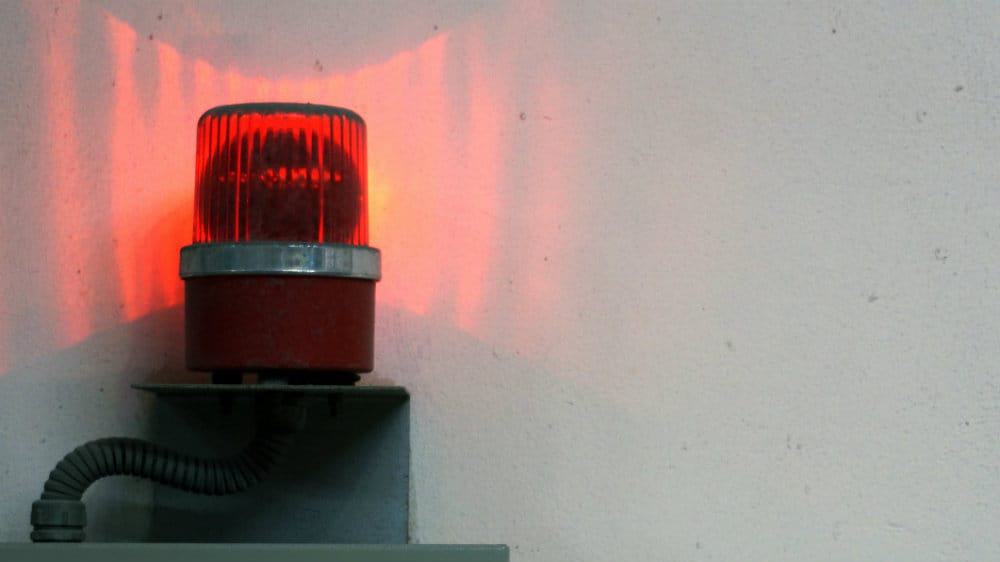When a company has a dividend yield in excess of 5%, it’s unusual for a Fool contributor to ask his fellow Fools to stay away from the stock. However, that is exactly what I am going to do in this article. Husky Energy (TSX:HSE) pays out a dividend of 5.35%, but investors should not touch it with a bargepole.
Husky is an integrated energy company and is one of Canada’s largest oil sands producers. It has been on a downtrend ever since it traded at $36 in 2014. It is currently trading at $9.57.
Stock hit by analyst downgrades
Earlier this week, analysts downgraded Husky stock, saying that it didn’t make sense for investors to buy it, according to multiple reports from Bloomberg.
Chris Cox from Raymond James says he expects Husky’s fourth-quarter results to be a “negative catalyst” and that free cash flow for 2020 and 2021 could be negative. Cox reduced his recommendation to underperform for Husky.
Canaccord Genuity reduced its recommendation to sell from hold. The downgrade by analysts caused the stock to drop by 7% in the last five trading days.
In fact, I had asked investors to move away from Husky after lacklustre results in the third quarter of 2019. The stock was then trading at $9.31. Today, the stock is at $9.36 after touching a high of $10.6, because of the U.S.-Iran tensions. Once the tension reduced, so did the stock price. If the threat of war is the only reason for a stock’s price to go up, you have to seriously consider if that is a stock you want to own.
In December 2019, Husky, along with other players in the energy sector, announced that they would reduce their capital spending by $500 million over the next two years to improve cash flow. Husky said its capital expenditures for 2020 will be between $3.2 billion and $3.4 billion, $100 million lower than its 2019 forecast of $3.3 billion to $3.5 billion. The other $400 million cuts will reflect in 2021.
There are some positives for Husky. The company has either met or exceeded earnings expectations in the last four quarters. The company has decent cash flow, and its dividend payout is 45% — not too high. However, Husky shares have fallen by 58% over the last five years. Investors come in for the dividend and then get caught in the dividend trap. In that sense, Husky is like Hotel California — you can check in, but you can never leave.
Even the Husky dividend story is not all that great. Husky investors used to get $1.2 as dividend per share in 2015. Today, they get $0.50 per share. Not only have Husky investors taken a hit on their share price, but they have also settled for a lesser dividend income.
If you do want to invest in the energy sector, you can look at companies like Suncor Energy and Canadian Natural Resources. These stocks are steady players and will not spook easily in case of bad news in the market.








